Nokia 8.1 review: Style meets substance

Earlier on this year, HMD Global released the Nokia 7 Plus in India and it was met with favourable reviews, although it could be argued that the design language used was more in tune with a 2017 handset than a 2018 device.
HMD has listened to the musings of reviewers worldwide and launched the Nokia 8.1, a successor to the 7 Plus and finally, the brand has not just doubled down on the design of the 8.1, but included improvements across the board. It comes powered with an all-new Snapdragon 710 SoC, Google’s latest Android 9.0 Pie, improved rear shooters and a 3500mAh battery that’s intended to last for good two whole days.
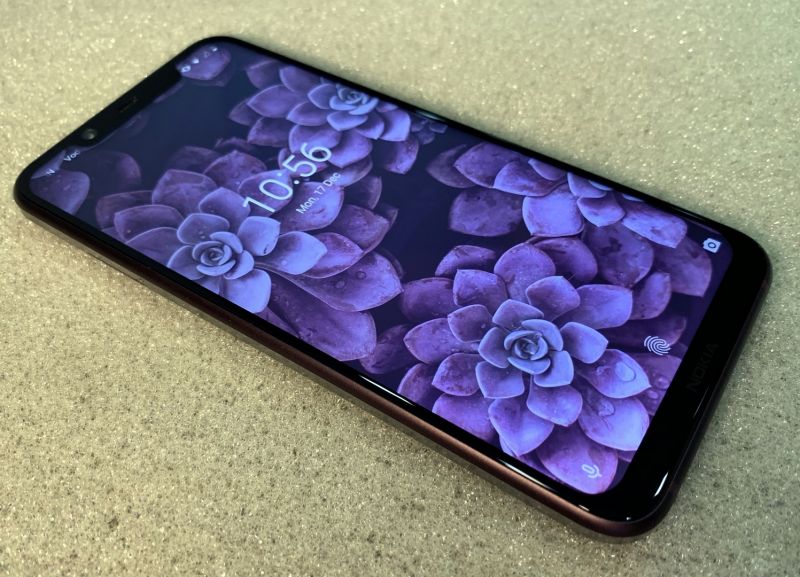
Let’s take a look and see if this Android One upper mid-range handset is worth your dough or if you should let this one slide by the wayside.
Design, Build
The Nokia 8.1 comes in two hues Blue/Silver and Iron/Steel. To be completely honest, both shades look absolutely stunning. In for review, we received the Iron/Steel variant and upon first glance, we were left impressed. The handset features metal sandwiched in glass and the design elements used here absolutely betray its price tag. The design and colour ooze sophistication, enough to awe anyone. Though the handset is named Iron/Steel it features more of a Plum shade making it appealing to any gender.
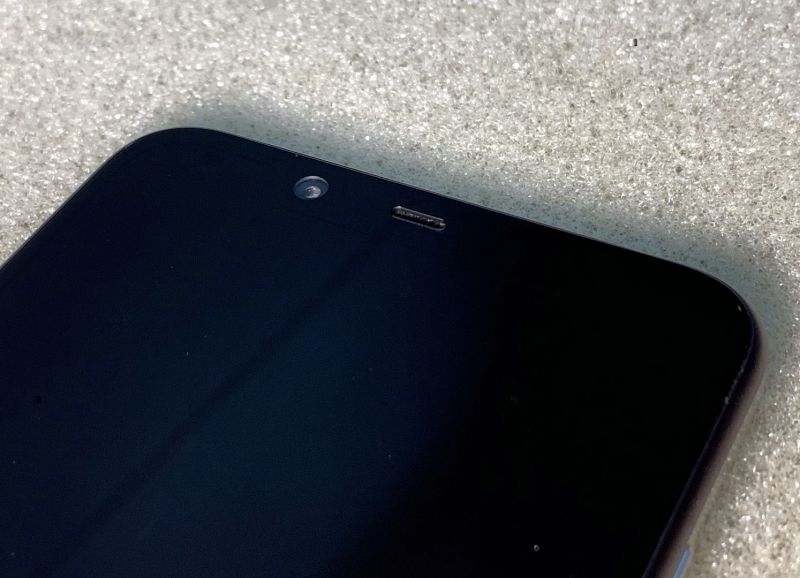
The handset’s curved glass rear features a Nokia and Android One branding that’s visible enough to be noticed, yet subtle enough to not be imposing — something we loved. The rear is dominated by the protruding dual-camera sensors and a flush fingerprint sensor that’s outlined with silver accents. The rear also plays home to the dual LED flash. Good job Nokia on keeping the design minimalistic. Like most handsets nowadays, the rear features a two-tone design; but in the 8.1’s case, it’s augmented with two anodising processes making it look a lot different from the hordes of two-toned Android handsets that are currently dominating the shelves.
The frame is made of brushed aluminium that’s said to be diamond cut, lending a well thought out classy touch to a device at this price point making it appear a lot more premium than it is. The sides play home to the volume rockers, power button and the hybrid SIM tray that can accommodate additional storage up to a whopping 400GB more. The bottom is where we find the inclusion of a USB Type-C charging port and this is a step in the right direction as more and more smartphone manufacturers adopting this format for their wares. In this area, we also find the speakers and microphone. And lastly, Nokia has not forsaken the 3.5mm audio jack and located it on the top, allowing us to connect our third-party earphones to it for a more personalised listening experience.

While the design is excellent and something which we really loved, it’s worth noting that the device retains a lot of fingerprints and worse so, scratches very easily. It is advisable to use a case to keep it looking fresh way past its first day.
Overall, the design and build get a big thumbs up from our end.
Display
The Nokia 8.1 is a notched handset with minimal bezels. It features an FHD+ 18:5:9 6.18-inch PureDisplay sporting a resolution of 1080 x 2034 pixels and an impressive 81 per cent screen-to-body ratio. The display is finished off in a curved 2.5D cut allowing it to be curved and in the process extremely comfortable to grip. The display is rated at 500nits and it features a pixel density of 403ppi.

Nokia has been continuously improving display quality and it’s apparent that the 8.1 has benefited from it. In direct sunlight, with the brightness set to max, we had no trouble viewing content on the screen. Also, the handset boasts of some great viewing angles making it easy to read even while placing it on a table and trying to access quick glances at notifications. Colour temperature is accurate with there being no undue warmth. Alternatively, colours did not appear too cool either and they were accurate and vibrant all over.
Software
It’s difficult to pick out the main USP of the Nokia 8.1, but we would say that this being the first from HMD Global to come with Google’s latest and greatest Android 9.0 Pie, this will be the handset’s top selling point. As of now, only a handful of smartphones are launching with Android Pie and to have an Android One smartphone loaded with Android Pie is one of the most unadulterated forms of the software you will receive this early unless you go in for a Pixel handset.
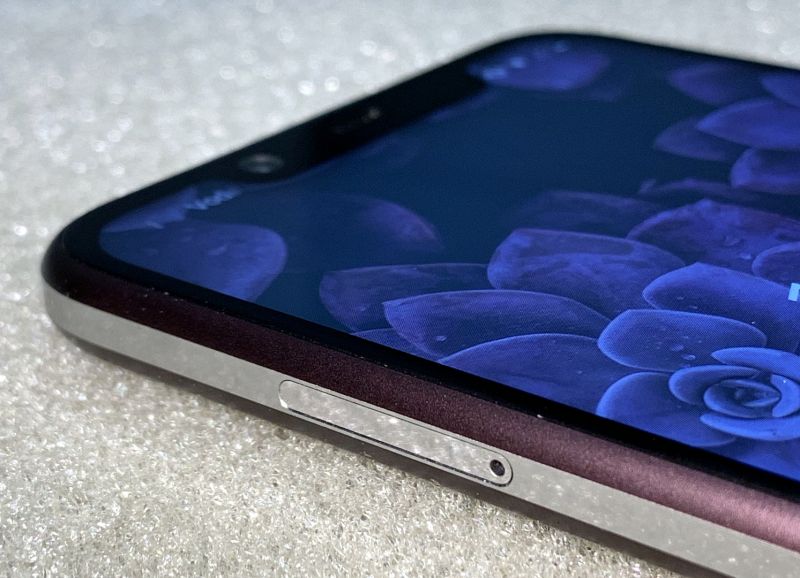
Being an Android Pie unit, you get all the gestures that come in so handy when using the device. You get Google’s updated Material Design that comes loaded with UI enhancements across the entire suite of Google apps. Lastly, a brand new notification panel, Recent Apps, settings and so much more.
The gesture navigation is something we really enjoyed and accessing the open apps was as simple as swiping sideways across the bottom of the screen. Also here is the new screenshot editor, plenty of enhancements for editing texts while in messages or any other document and Digital Wellbeing, a place where you can monitor how much time you spend using the device in order for you tone down your smartphone usage.
The Android Pie update is not just superficial but also dives deep within the internals of the handset as it comes with AI-powered features that help make the device smarter, faster and a lot better as you use it due to its machine learning capabilities.
Nokia has kept the 8.1 as clean as possible and added next to none of their own apps.
The gesture navigations, though usable, take a little getting used to. There is a bit of a resistance unlike the fluidity ween on the OnePlus 6T or other Android Pie handsets featuring larger RAM and faster processors. However, if swipes aren’t your thing, then this can easily be altered in the Settings where you can opt for onscreen navigational buttons.
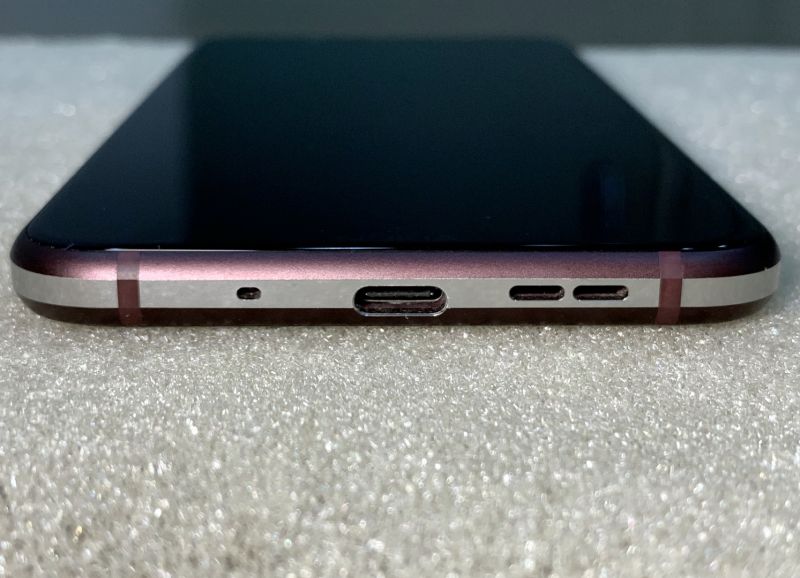
Performance
The Nokia 8.1 features the all new Snapdragon 710 SoC which is a part of Qualcomm’s new 7xx series of chipsets. These new chips were introduced as a way to separate the upper-midrange SoCs from the Series 6xx chipsets that are featured heavily on present sub Rs 20K handsets. This 10nm chipset features 8x Qualcomm Kryo 360 cores (2 Kryo 360 cores clocked at 2.2GHz, 6 Kryo 360 cores clocked at 1.7GHz) and paired with an Adreno 616 GPU that's designed to help with the overall gaming performance. This is also the first time you will find this GPU on a chipset other than a Snapdragon Series 8xx. Alternatively, it also comes with an AI engine where the experiences can be noticed in on-device security, camera audio and gaming. It also has support for Qualcomm’s Snapdragon Neural Processing (NPE) SDK that helps in the overall AI on-device processing. This means that the more you use the handset, the better it is able to understand your usage behaviour — helping you significantly over a period of time.
We ran a battery of benchmarks and the 710 SoC with its 4GB of RAM performed admirably well. In the exhaustive AnTuTu benchmark, 170284 points were recorded, while GeekBench scored 1816 points on the single-core test and 5850 points on the multi-core test. PCMark scored 6976. In these synthetic benchmarks, we can tell that there’s a marked improvement over the Qualcomm SD660 and utilising this processor makes sense where performance goes. Additionally, though the device is pretty zippy when it comes to benchmarks, there’s a world of difference between the speeds observed here and that found on Qualcomm’s flagship SD845 chipset. Considering the pricing, you do get handsets from competing brands at the same price point that are powered with the SD845 flagship SoC.

In real-world scenarios, the user experience is predictably fluid and we noticed this consistently during our 2-week testing period. The handset performed as expected with no stutter or lag. While multitasking between a range of apps such as Netflix, Amazon, Amazon Prime Music, Instagram and a host of others, the device performed just fine. We tried playing Asphalt 9 on the handset and even set all the presets to max and the game ran pretty smooth.
Overall, there is no major difference in real-world performance between a Snapdragon 845 SoC and the new SD710. Users will be able to benefit from stellar performances at a lower price range as compared to flagship handsets from OnePlus or VIVO which cost about Rs 10,000 and more.

Camera
The Nokia 8.1 utilises a 12MP rear shooter with a 1.4um sensor size as well as a 13MP sensor with the primary sensor featuring optical image stabilisation while the secondary camera works on depth information during portrait shots. With Qualcomm’s Spectra ISP loaded in the SoC, you should be able to get better low light photography. It also makes use of motion compensated temporal filtering and improved optical image stabilisation that helps in the overall image quality.

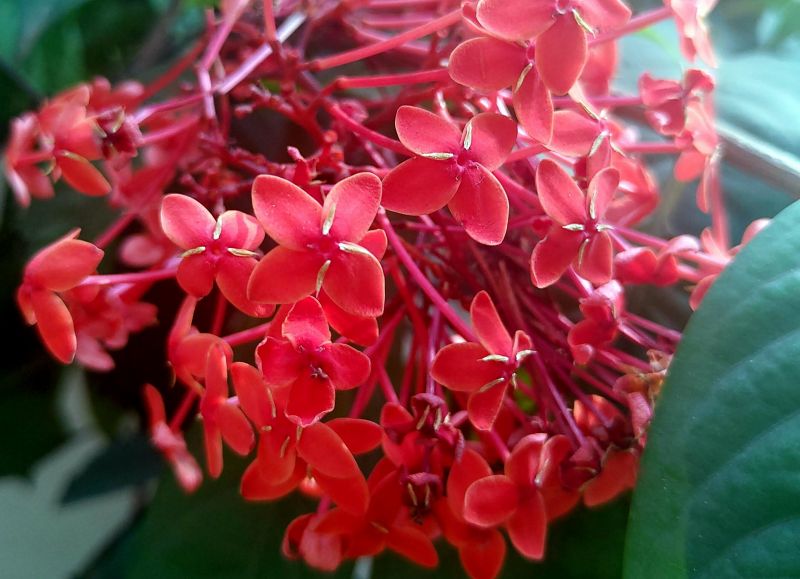

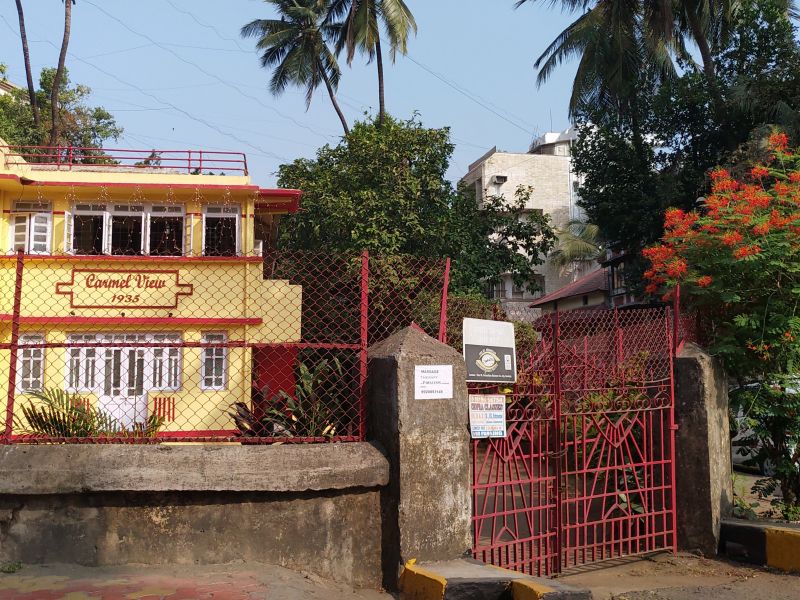


The camera is loaded with a variety of shooting options that are littered above the shutter button. Apart from the regular shooting modes, we also get a professional mode that helps you fine-tune all the camera settings such as white balance, shutter speed, exposure, ISO sensitivity and focus. Additionally, in the Photo shooting mode, we also find Nokia’s Bothie shooting option that makes use of both the front and rear camera at the same time. Besides the Pro mode, we also get modes such as 4K videos, slow-mo, time-lapse and others.
In each shooting mode, there are a bunch of customisations that users can make use of to tweak the settings or access some more features. On first glance, this may be a bit daunting, but getting used to it isn’t a task. Those who like to play around with the camera settings will appreciate all the customisations available at hand.
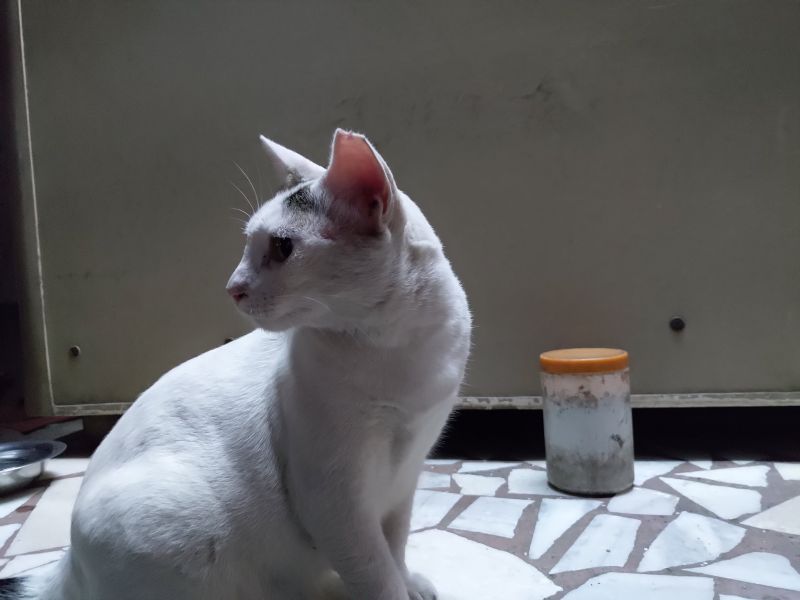
The handset fares really well when it comes to photography and in daylight scenarios, there is a lot of detail and colour accuracy visible. Nokia has got it right once more by making use of the premium Zeiss optics. Focusing is done in a jiffy allowing you to capture images quickly and efficiently because of the PDAF built in. Overall, very little noise or image grain was visible and photos shot in low light are great as well and usable on social media.
While capturing selfies with the 20MP FF camera, we observed that the overall image quality was great and skin tones rendered accurately. Exposure levels are great on most occasions save for in direct sunlight when the handset starts to fault on the odd occasion.



To sum it up, the cameras on the handset perform exceedingly well and based on this alone, it puts it above most of the other handsets in this price range.

Battery
The Nokia 8.1 is loaded with a 3500mAh battery that supports an 18W fast charge, with the company rating it at two days on a single charge. During our testing, we observed that with heavy usage, the battery lasted a full day and still had some juice left in the tank. We needed to pair it with its charger to top it up come night time. Our typical usage included streaming a TV show, listening to music, using the camera, accessing social media apps like Instagram and Facebook and surfing the web. With the handset coming with quick charge, you can easily top up the battery in just about two and a half hours.
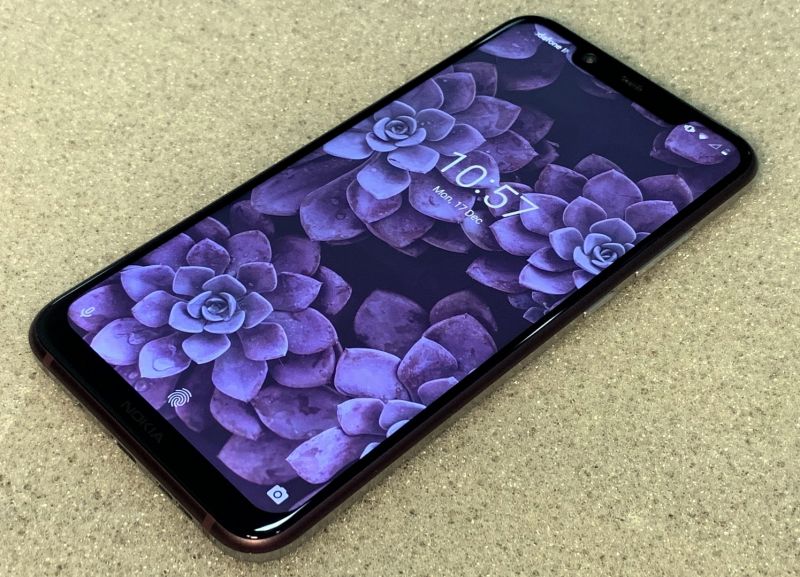
Verdict
The Nokia 8.1 is priced at Rs 26,999 and for the plethora of features, it has on offer the brand has priced it very aggressively in India. However, unfortunately, the 8.1 is only available on a single 4GB/64GB variant in India while the international market gets the 6GB/128GB variant too.
If you are due for a smartphone upgrade and if you favour Nokia, then the 8.1 is an obvious choice as it sports a stylish design, boasts the speedy SD 710 chipset, features good photography and has a battery that can power through an entire day. Additionally, the Android Pie experience here is optimised well, allowing you the purity of an OS that has unlimited tweaking capabilities.
Click on Deccan Chronicle Technology and Science for the latest news and reviews. Follow us on Facebook, Twitter.

